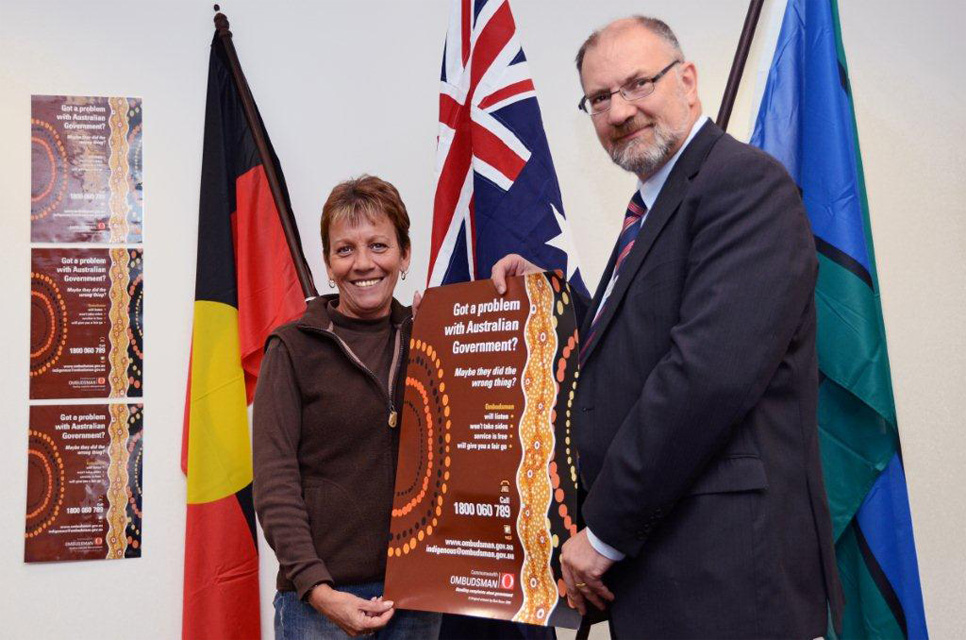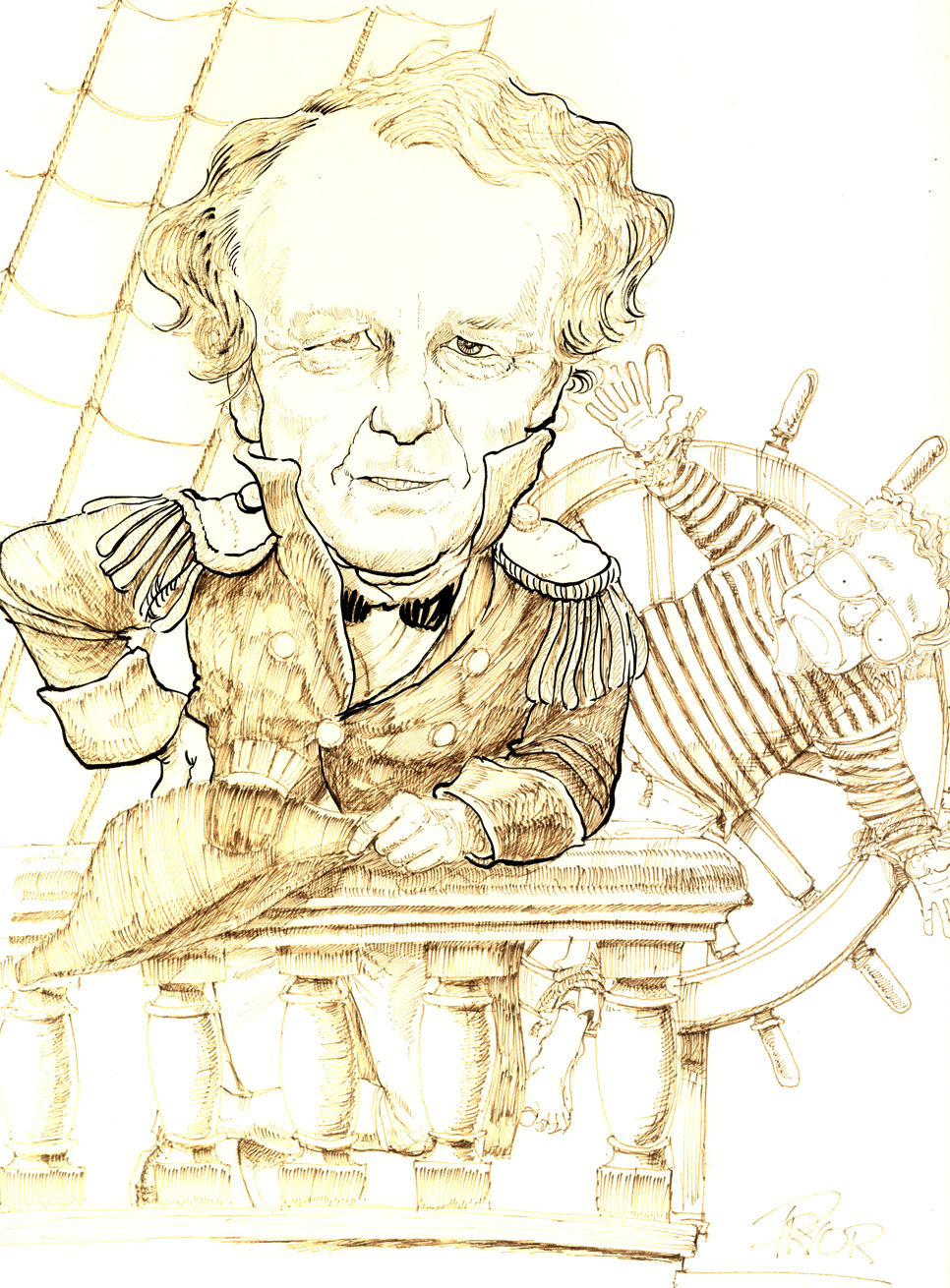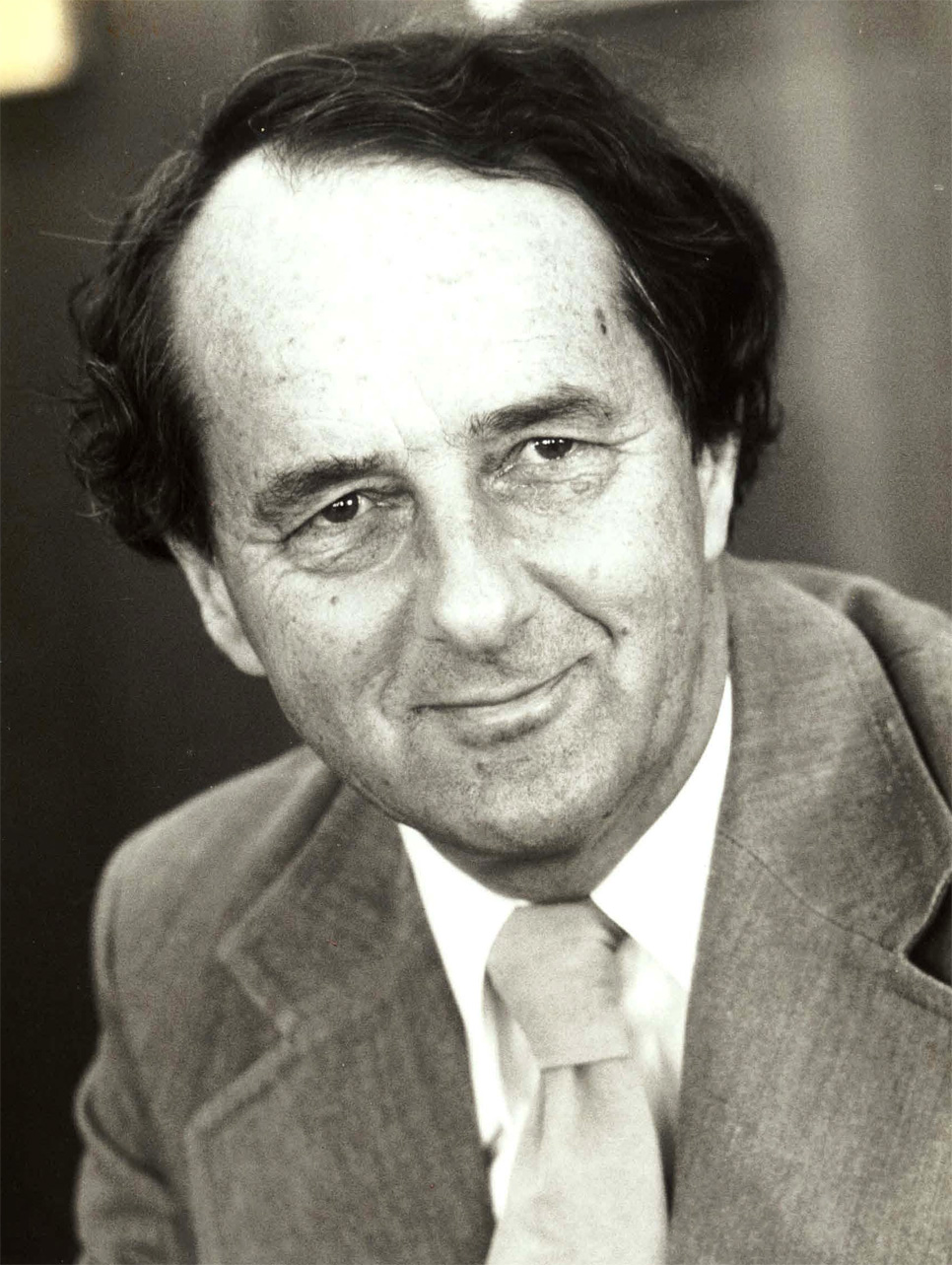Annual Report 2010-11 | Foreward
Foreword
Foreword
During 2010–11 the number of approaches and complaints to our office continued to grow, reaching almost 39,000, a four per cent increase on the previous year. Of these 51 per cent were considered complaints within our jurisdiction. We investigated 4468 separate complaints during the year. Eight agencies account for 82 per cent of our complaints reflecting their major service delivery responsibilities (Centrelink, Australia Post, the Australian Taxation Office, the Department of Immigration and Citizenship, the Child Support Agency, the Departments of Defence and Veterans’ Affairs, the Department of Education, Employment and Workplace Relations, and the Australian Federal Police).
We also published 13 formal reports during the year across a diverse range of areas. We have been heartened by the responsiveness to the 80 recommendations in these reports by the agencies with which we work. Ninety per cent of our recommendations were accepted by agencies in full and a further nine per cent in part. We were also pleased to see progress through the year in several areas of public administration where we had previously made recommendations. We completed 37 inspections across 17 different agencies, at both the Commonwealth and the State and Territory levels. Our inspection work in relation to the use of certain covert and coercive powers provides an important assurance to the Parliament that there is a high level of compliance with legislative requirements governing the use of these powers.
We undertook two important surveys during the year with initial results received in June. The first was a survey of Australian and ACT Government agencies that aimed to gauge awareness of and satisfaction with the work of the office within agencies we oversight. We were pleased to find that overall, satisfaction with the work of the office was high, with 81 per cent of participants in the survey rating their satisfaction as 7 out of 10 or better, with an average rating of 7.8 among all participants. Knowledge about our legislative powers was also high, with all participants reporting being aware of our power to require information and answers to questions. Participants in the survey expressed largely positive attitudes towards the Ombudsman in terms of our independence, trustworthiness, approachability, impartiality and impact on improving government administration. We also received a positive evaluation of our website. We are using the survey results to help us to further strengthen our working relationships with the agencies we oversight.
The second survey aimed to understand the level of public awareness of our office and potential barriers to approaching us. We found that overall, 66% of respondents were aware of the Ombudsman (consistent with previous surveys). Of note was that young people, particularly those aged 18–24 years, were less likely to be aware of our services. Older people were more likely to be aware of and positive about the work of our office, but women were in general less aware than men. We will use these survey results to better target our provision of information about our service during the coming year.
Our responsibilities continue to expand. We gained the new function of Overseas Students Ombudsman in April 2011, and expect to soon become the Norfolk Island Ombudsman.
We will continue to develop a more detailed understanding of the cost drivers of various elements of the office’s work. This will provide us with an evidence base to inform future decision-making on the resource needs of the office.
We were saddened by the death of Professor Jack Richardson AO in June 2011, aged 90. As the inaugural Ombudsman, serving for eight years from 1977, Professor Richardson guided the office through substantial changes and growth in its jurisdiction and established the office’s reputation for intellectual rigour. We acknowledge his significant contribution not just to our office, but to the work of ombudsmen more generally, in Australia and internationally.
Allan Asher, who had been appointed Ombudsman in August 2010, resigned on 28 October 2011. A recruitment process is now underway for a new Commonwealth and ACT Ombudsman. The office looks forward to welcoming the new Ombudsman in early 2012.
Alison Larkins, Acting Ombudsman
Feature
National Reconciliation Week
We are beginning the work that is necessary to make our own services more accessible to Indigenous Australians through development of an Indigenous communication and engagement strategy, through developing a Reconciliation Action Plan, and through ongoing direct outreach work.
During National Reconciliation Week, Ms Tracey Whetnall was invited to address staff in our Canberra office. Ms Whetnall is a local Indigenous woman and was recently appointed by the then ACT Minister for Corrective Services, Justice and Community Safety, Simon Corbell as an Official Visitor for the
Alexander Maconochie Centre. Ms Whetnall works with corporations, government, Indigenous organisations, non-government organisations and educational institutions, to raise awareness of Indigenous histories, cultures and peoples. Ms Whetnall spoke of her experiences as the Alexander Maconochie Centre’s
new Official Visitor as well as about engagement between Indigenous communities and the public sector generally.
Tracey Whetnall and then Ombudsman Allan Asher
Professor Jack Richardson AO (1920–2011)
The Ombudsman and staff of the office were saddened by the death of inaugural Commonwealth Ombudsman, Professor Jack Richardson who died on 13 June 2011 aged 90.
Professor Richardson served as Commonwealth Ombudsman for eight years from 1977. On 17 March of that year, Prime Minister Malcolm Fraser announced the appointment, describing Professor Richardson as “a distinguished academic of high Australian and international standing who will bring to this office the qualities and experience which are necessary to perform this challenging role”.
He established the office, overseeing the first critical years and guiding it through substantial changes and growth in jurisdiction and case load. He developed the office’s reputation for intellectual rigour and a robust approach to public administration.
Before the establishment of the office it was recognised that the existing avenues of redress for people having problems with administrative actions and decision were complex, expensive and difficult to access for many Australians. The establishment of the Office of the Commonwealth Ombudsman was an important innovation in how governments dealt with concerns and grievances of individual citizens.
Professor Richardson improved accessibility to Ombudsman services through an effective oral complaints mechanism and opening offices in five state capitals. He also fostered effective working relationships with department heads, though he faced stiff opposition from a handful of prominent public servants.
With the cooperation of agencies, the office began conducting more informal complaint inquiries, to achieve faster resolution of less complex complaints.
During Professor Richardson’s tenure, his office took on the role of Defence Force Ombudsman, and began reviewing the Australian Federal Police’s internal investigation of complaints from the public. The Freedom of Information Act 1982 allowed people to make complaints to the Ombudsman about the handling by agencies of FOI requests.
In a public statement released at the time of Professor Richardson’s death, Special Minister of State, Gary Gray said, “Towards the end of his time as Ombudsman, the total number of approaches to the office exceeded 20,000, demonstrating the strength of his public education efforts and the establishment of a reputation that exemplified independence and fairness.”
The previous Ombudsman Allan Asher also paid tribute to Professor Richardson: “The Commonwealth Ombudsman is now a key national integrity agency, and while its functions and role have expanded, its core activities and value to the community have changed little, thanks in great part to the contribution made by Professor Richardson in its formative years.”
Professor Richardson was also a barrister and distinguished law academic. He joined The Australian National University’s Faculty of Law in 1960, became Dean the following year, and in 1977 was appointed Emeritus Professor. He published several books on trade practices law, air and space law, and Australian federalism.
Professor Richardson was awarded the Officer of the Order of Australia in 1984.
After he retired as Ombudsman in 1985, Professor Richardson spent time in legal practice and set up the ombudsman’s office in Samoa, where he was ombudsman from 1990 to 1992.
In 2002, the Commonwealth Ombudsman’s office established the ‘Jack Richardson Prize in Administrative Law’ at the Australian National University in recognition of the contributions he made to the administrative law framework within Australia.
Professor Richardson’s last participation in Australian public life was as one of a committee of three appointed in 2005 to put forward proposals for resolving deadlocks between the two houses of Federal Parliament. At the time of his death he had just completed working on a book on Australian federal government and constitutional law.
The Ombudsman and his staff acknowledge the fundamental contribution made by Professor Richardson to Australia’s administrative law framework and express their deep condolences to his family.
Cartoon by former
Canberra Times
cartoonist, Geoff Pryor, depicting Professor Richardson and Treasury Secretary John Stone (1979–1984) tied to the wheel. Reproduced courtesy of the
artist
.
Professor Richardson when he was Ombudsman.
